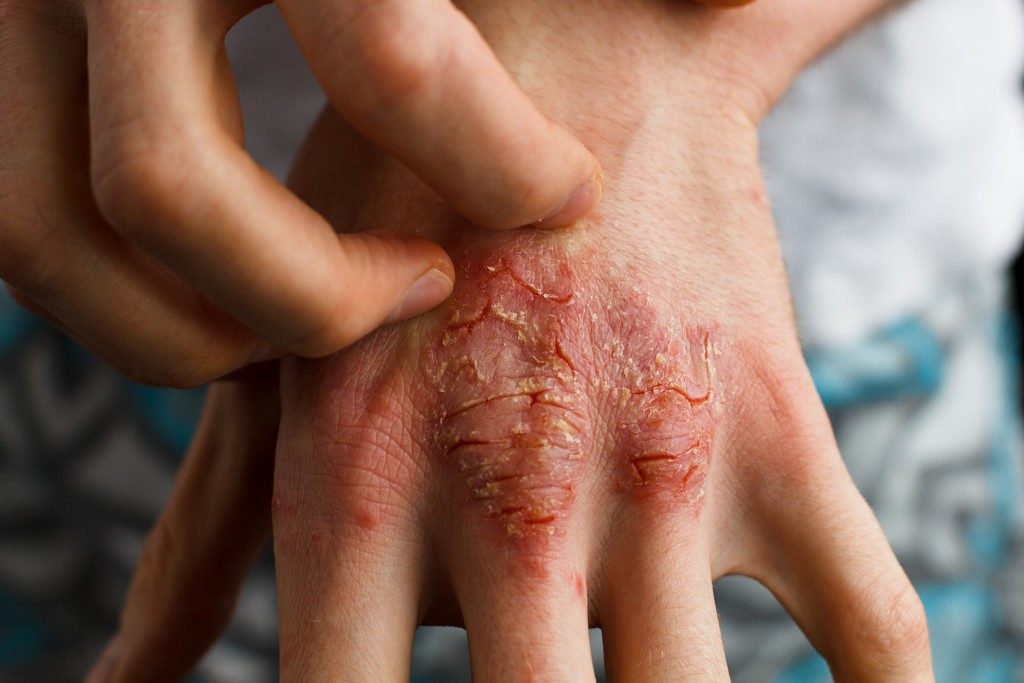Often, we underestimate how much light affects our skin. We know about the dangers of staying out in the sun too long to get a tan and the importance of skin care. Few really understand the effects of light on our skin, however. Whether artificial or natural light, there’s a reason why all of us have varying skin tones.
This also means that we all have different needs when it comes to light and how it interacts with our skin. A Murray dermatologist may give a completely different recommendation to someone in a different area. But if the skin condition is already there, it becomes less about cause and more about treatment.
With the correct equipment, consistency, and skilled advice and use, you can use light to treat conditions like psoriasis, acne, and dermatitis. Sounds like magic? In a way, it is. Welcome to light therapy.
Light Therapy 101
Light therapy is the use of sunlight, artificial lighting (such as UV rays,) or other forms of light to treat a variety of conditions. Since our bodies change in response to the kind of light we’re exposed to – the two most common examples being our eyes and skin – light therapy has been used as a non-invasive way to treat some disorders.
In the field of skin disorders, this usually means exposing the skin to carefully controlled amounts of UV lighting. This can be done in small patches or for the entire body, either at the doctor’s office or at home if you have the proper equipment. Phototherapy has been lauded as an effective way to treat skin conditions since it doesn’t involve breaking the surface to get to the root of the problem, which can be very helpful with conditions like skin cancer.
What Can Light Therapy Help Me With?

If you suffer from any of the following, it might be best to look into light therapy as a viable alternative to the common treatments out there:
● Psoriasis: since this skin condition is often characterized by inflammation and itching, light therapy uses UV radiation to suppress the immune system from responding in this manner, to begin with. Combined with other medication, this can be a very effective way to control outbreaks and takes as little as a couple of minutes to go through the treatment process.
● Vitiligo: narrowband UVB treatment is often shown to be effective in treating vitiligo after 6-12 months of consistent exposure and therapy. The best areas for this kind of treatment are on the face and neck, while extremities such as hands and feet are a little less responsive.
● Atopic dermatitis: if you’re having difficulty with the cream application used to treat atopic dermatitis, light therapy is an effective, if somewhat more expensive, alternative. There are a variety of different treatments depending on the severity of the condition, which has all shown their effectiveness through clinical trial and error.
If you think your normal skin care regimen or treatment isn’t quite working for you, ask your dermatologist today if they can offer or redirect you to places that offer light therapy. Remember that every treatment does carry a certain amount of risk and that light therapy is no different, so consult a professional before deciding to use it a treatment method.
